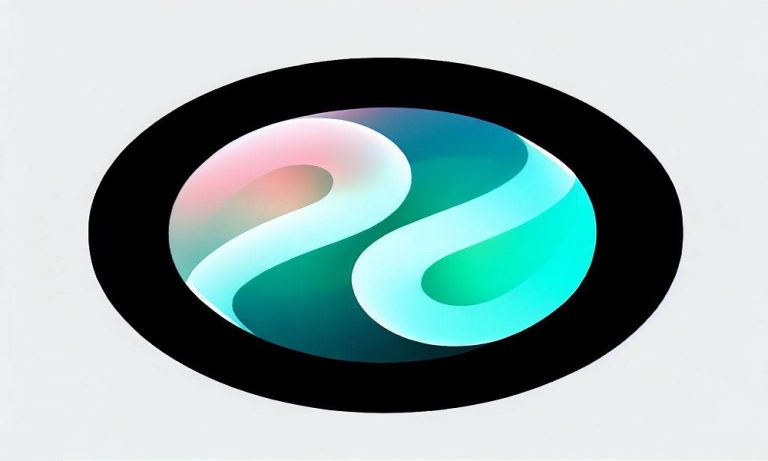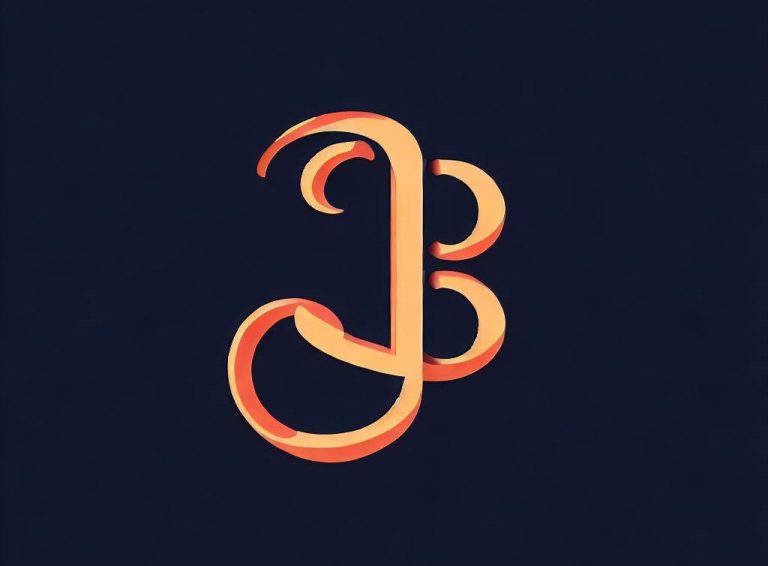Tailoring Logos For Different Industries

Logo design plays a critical role in representing a brand’s identity and values within specific industries. Designing logos for different sectors requires an understanding of industry-specific considerations and the ability to capture the essence of each field.
In this blog post, we will explore the nuances of logo design in various industries, including technology, healthcare, fashion, and hospitality. By diving into these sectors, we can uncover the unique challenges, design approaches, and key elements that make logos in each industry effective and representative of the brand’s identity.
Contents
Logos For Different Industries
1. Technology: Embracing Innovation and Simplicity
Logo design for the technology sector often reflects innovation, cutting-edge solutions, and forward-thinking approaches. The technology industry is known for its fast-paced nature, which requires logos that convey a sense of progress and modernity. Clean lines, minimalism, and modern typography are common design elements that convey a sense of simplicity and sophistication.
Technology logos may incorporate geometric shapes, abstract symbols, or stylized representations of technological elements to visually communicate the brand’s connection with the industry. The use of vibrant or futuristic colors can further enhance the logo’s appeal and create a dynamic visual impact.
2. Healthcare: Instilling Trust and Compassion
Logo design in the healthcare sector aims to evoke feelings of trust, reliability, and compassion. Considerations such as legibility, clarity, and approachability are crucial. Healthcare logos often utilize clean and straightforward typography, combined with imagery that represents care, wellness, or medical symbols.
The use of soft curves, gentle gradients, and organic shapes can help create a friendly and welcoming impression. Colors associated with health, such as blues and greens, are frequently employed to convey a sense of calmness, professionalism, and well-being.
It is important for healthcare logos to strike a balance between professionalism and a human touch, ensuring that the logo represents the brand’s commitment to patient care and quality.
3. Fashion: Embodying Style and Elegance
Logo design in the fashion industry emphasizes style, elegance, and the brand’s unique aesthetic. Fashion logos often feature sophisticated typography, custom lettering, or iconic symbols that represent the brand’s identity.
Designers pay attention to detail, proportions, and negative space to create visually appealing and memorable logos. The choice of typography may range from classic and timeless to contemporary and avant-garde, depending on the brand’s positioning. Colors, textures, and visual elements are carefully chosen to align with the brand’s personality and fashion trends while ensuring longevity and versatility.
Fashion logos aim to capture the essence of the brand’s style, whether it’s luxurious and high-end, edgy and rebellious, or minimalistic and refined. The logo should evoke a sense of aspiration and allure that resonates with the target audience.
4. Hospitality: Conveying Warmth and Experiences
Logo design in the hospitality sector seeks to create an inviting and memorable brand image. Logos often incorporate elements that evoke emotions related to relaxation, luxury, or a sense of adventure, depending on the brand’s positioning.
Typography choices may lean towards elegance and readability, conveying a sense of refinement and professionalism. Color palettes in the hospitality industry vary widely, with some brands opting for warm and earthy tones to create a cozy and welcoming atmosphere, while others may embrace bold and vibrant colors to evoke excitement and energy.
Imagery may include symbols or illustrations related to travel, accommodation, or culinary experiences to create a connection with the audience. It is essential for hospitality logos to convey a sense of personalized service, creating anticipation and a promise of exceptional experiences.
Conclusion
Designing logos for different industries requires an understanding of industry-specific considerations, target audience expectations, and brand positioning. In the technology sector, simplicity and innovation take center stage, reflecting the industry’s fast-paced nature.
Healthcare logos prioritize trust, reliability, and compassion, often utilizing clean typography and calming colors. Fashion logos embody style and elegance, capturing the brand’s aesthetic and allure. Hospitality logos aim to convey warmth, luxury, and exceptional experiences, using typography, color palettes, and imagery that evoke emotions related to travel and relaxation.
By tailoring design approaches to align with each industry’s unique characteristics, designers can create logos that effectively represent the brand’s identity, resonate with the intended audience, and reinforce the brand’s position within its respective industry.






